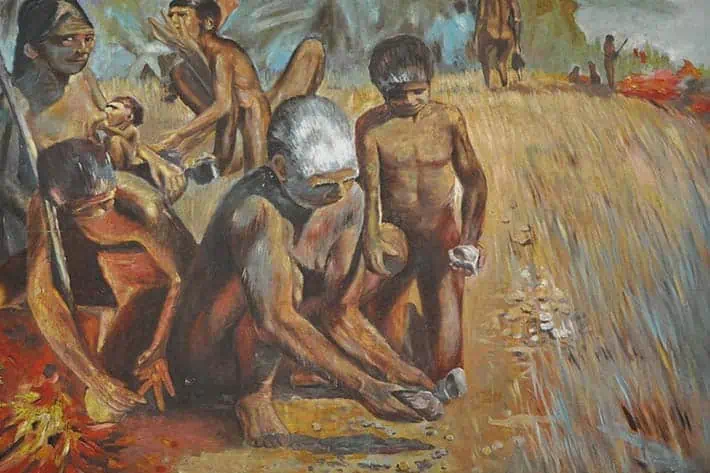
Renewable energy is produced using natural resources that are constantly replaced and never run out.
Just as there are many natural sources of energy, there are many renewable energy technologies.
We support projects that advance renewable energy technologies along the innovation chain: from early stage research in the lab, to later stage demonstration projects in the field.
Energy created by the heat and light of the sun is called solar energy. Solar power is produced when energy from the sun is converted into electricity or used to heat air, water or other substances. Solar energy can be used to create solar fuels such as hydrogen.
The concept of harnessing the power of the sun is a familiar concept and one that has been around since humans have walked the Earth.
As you will see in our infographic timeline below there were many notable inventors and scientists that made significant progress in the development of Solar Panels. Perhaps the most notable invention came as far back as 1839 from a 19-year-old Frenchman called Edmund Becquerel. He discovered what is called the photovoltaic effect, the underlying scientific process behind the solar cell, while experimenting with a couple of metal electrodes. His process was refined over the following decades by pioneering scientists, and in 1923 Albert Einstein received the Nobel Prize for his theories explaining the photoelectric effect.
In the early 1950s the first uses were made of the photovoltaic cell, sometimes referred to as PV cells. These cells are produced from extremely thin wafers of silicon. These are the types of solar panels that you hear about most frequently these days.
Solar energy has come a very long way since 1958 when the first solar powered satellite was launched. With the recent advent of nanotechnologies, the efficiencies of the PV cell are now many times what they used to be. Now it takes far less roof space, and far less expense, to fully solar power an average home.
This energy type is electricity generated by harnessing the wind.
By the end of 2018 there was 600 GW of wind energy installed around the world, meeting almost six per cent of global electricity demand. It is expected to continue to grow its share of electricity generation globally, as well as in Australia.
Hydropower converts the energy of moving water into electricity. It includes a number of generation and storage technologies, predominantly hydroelectricity and Pumped Hydro Energy Storage (PHES). Hydropower is one of the oldest and most mature energy technologies, and has been used in various forms for thousands of years.
Before the discovery of hydroelectricity, man was already finding new and ingenious ways to utilise the energy of running water across the world that would form the platform for our power stations. As with a number of renewable technologies our ancient ancestors were often at the forefront of innovation using it to create mills to grind corn and wheat and even power their furnaces.
Geothermal energy is heat from the Earth. It is a renewable energy source with multiple applications including heating, drying and electricity generation.
Geothermal energy from natural pools and hot springs has long been used for cooking, bathing, and warmth. There is evidence that Native Americans used geothermal energy for cooking as early as 10,000 years ago. In ancient times, baths heated by hot springs were used by the Greeks and Romans, and examples of geothermal space heating date at least as far back as the Roman city of Pompeii during the 1st century CE. Such uses of geothermal energy were initially limited to sites where hot water and steam were accessible.
A thermal spa, Budapest, Hungary.
AidaBioenergy is a form of renewable energy generated from the conversion of biomass into heat, electricity, biogas and liquid fuels. Biomass is organic matter derived from forestry, agriculture or waste streams available on a renewable basis. It can also include combustible components of municipal solid waste.
09.12.19
Most of us have heard of Bioenergy or biofuel. However, the majority of us might think that this is a modern form of energy. This could not be any further from the truth because the history of bioenergy dates back centuries7.
There is a lot of evidence out there that suggests humans used bioenergy between 230,000 and 1.5 million years ago.
From the moment humans discovered fire, we began using biofuel in the form of wood. Humans have a long history of burning bio-matter to create energy used for cooking and heating. From this point forward, humans developed a fascination and ongoing relationship with what we now know today as bioenergy.
